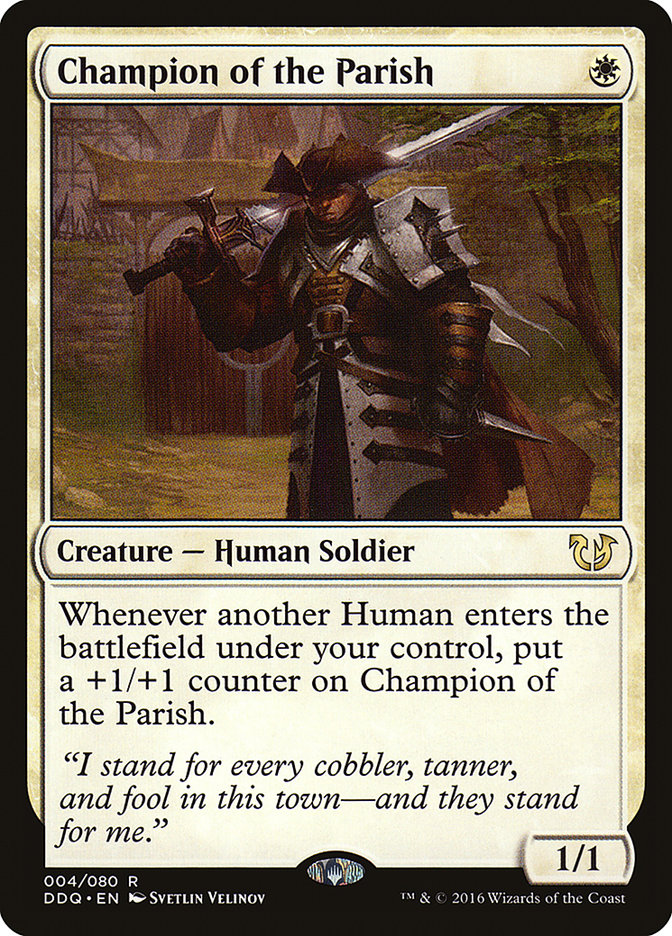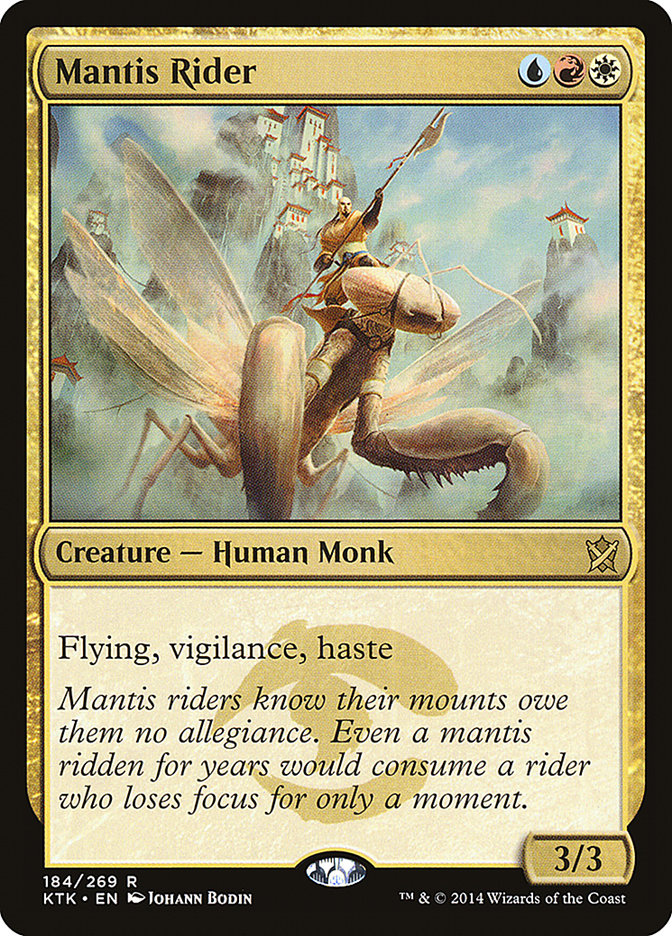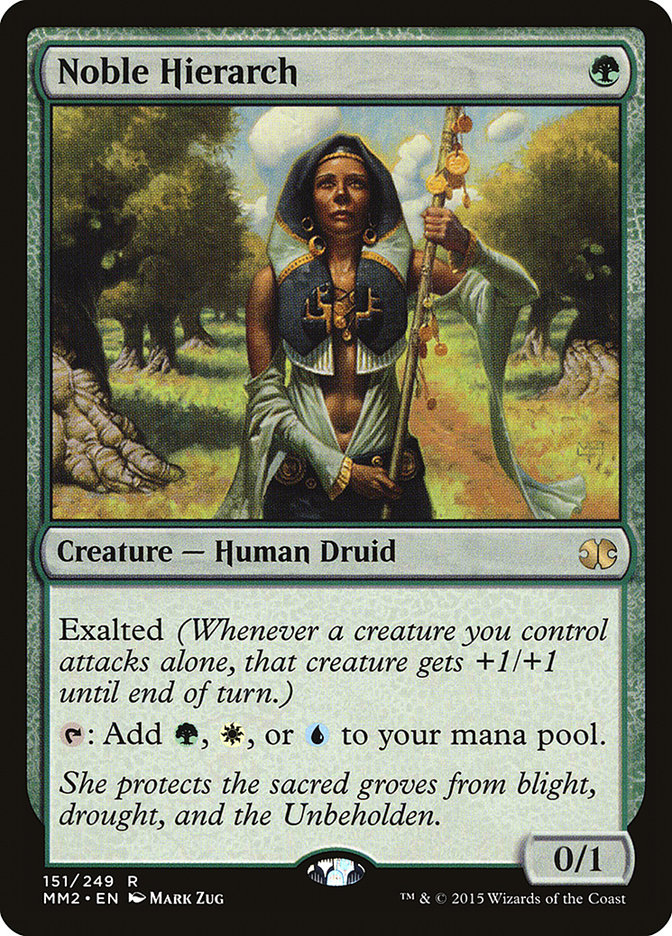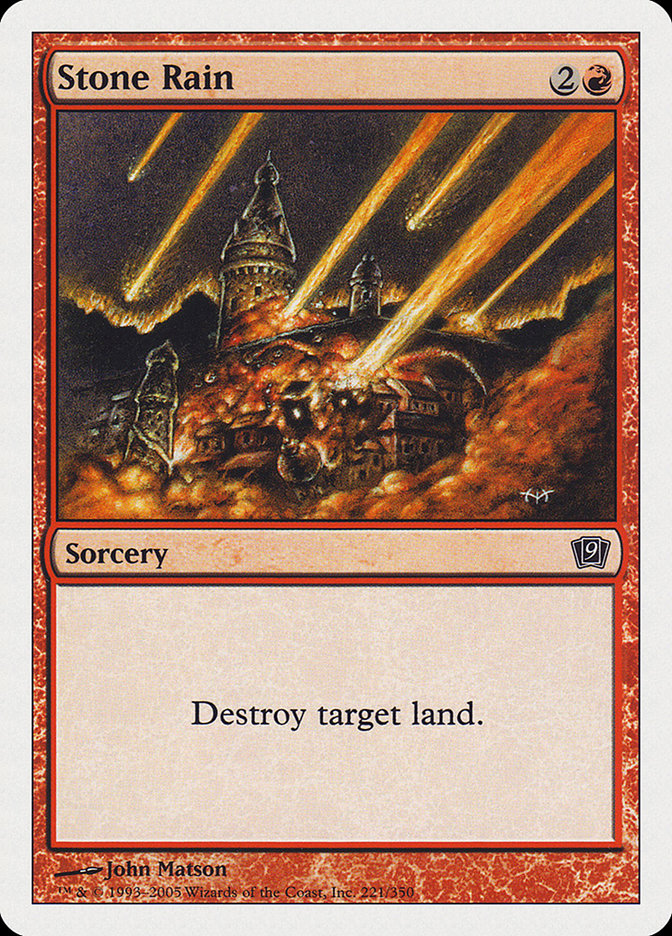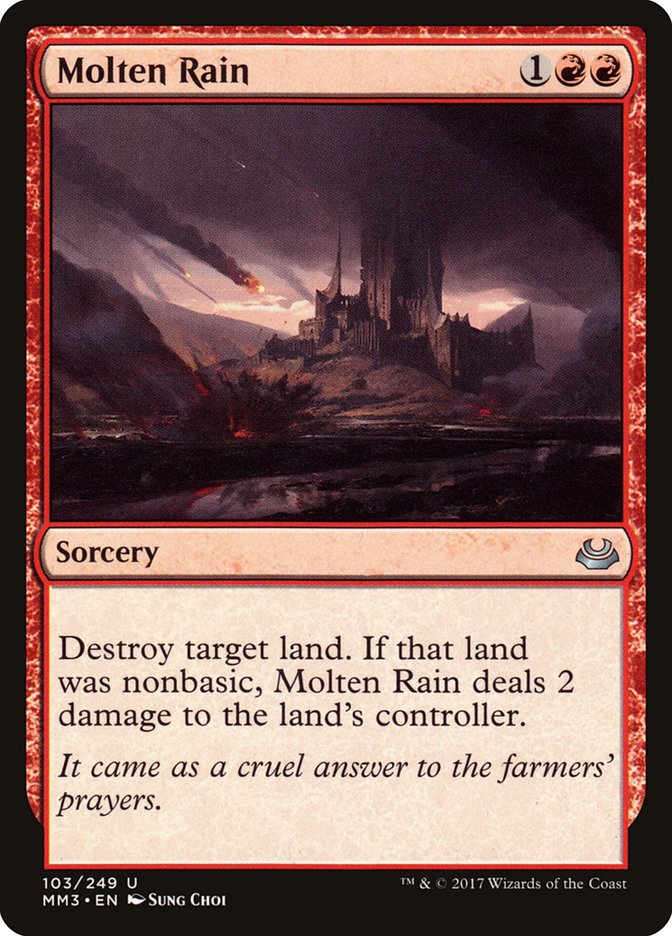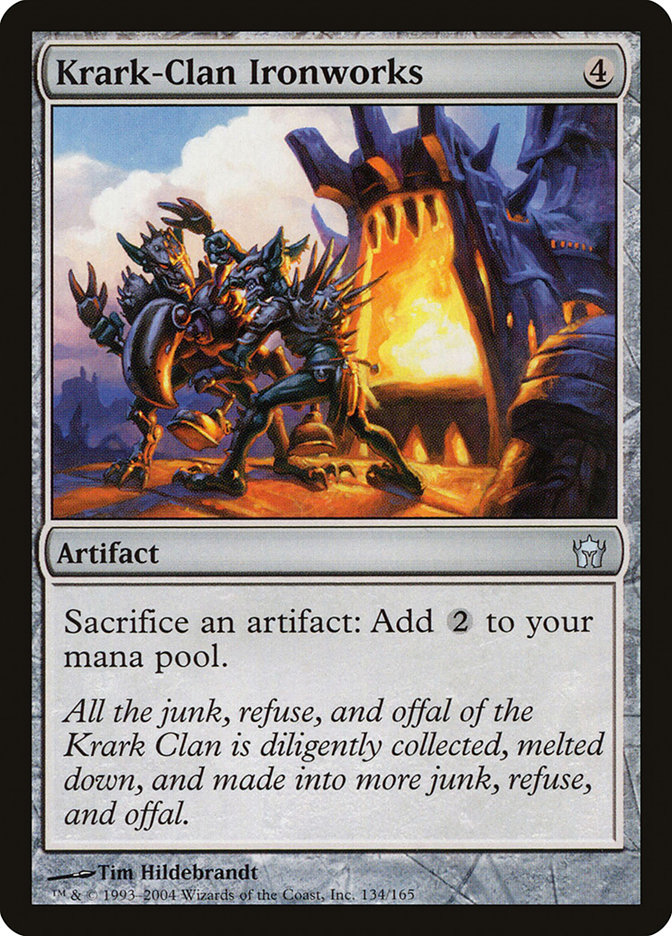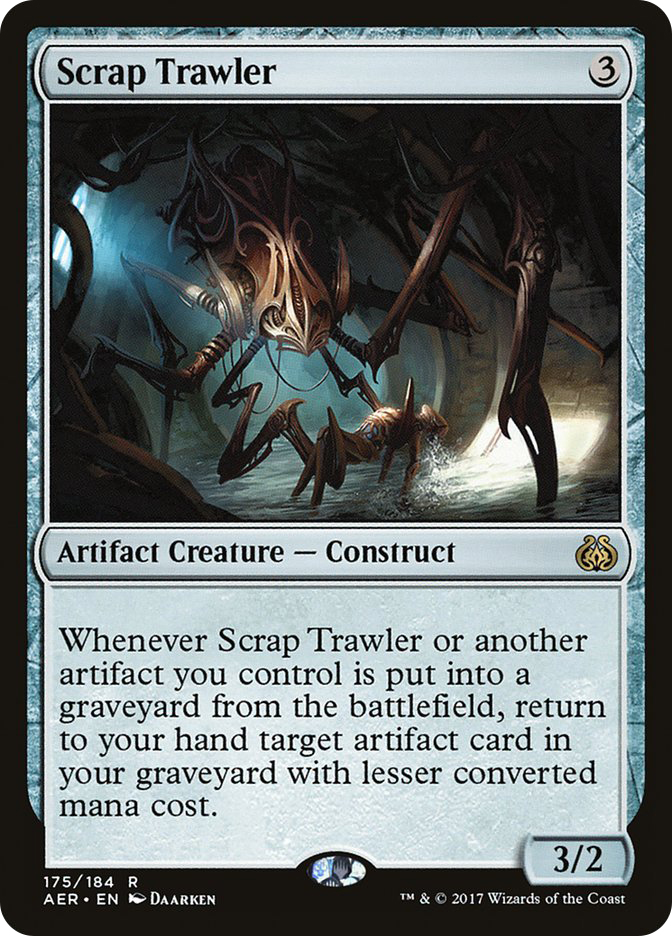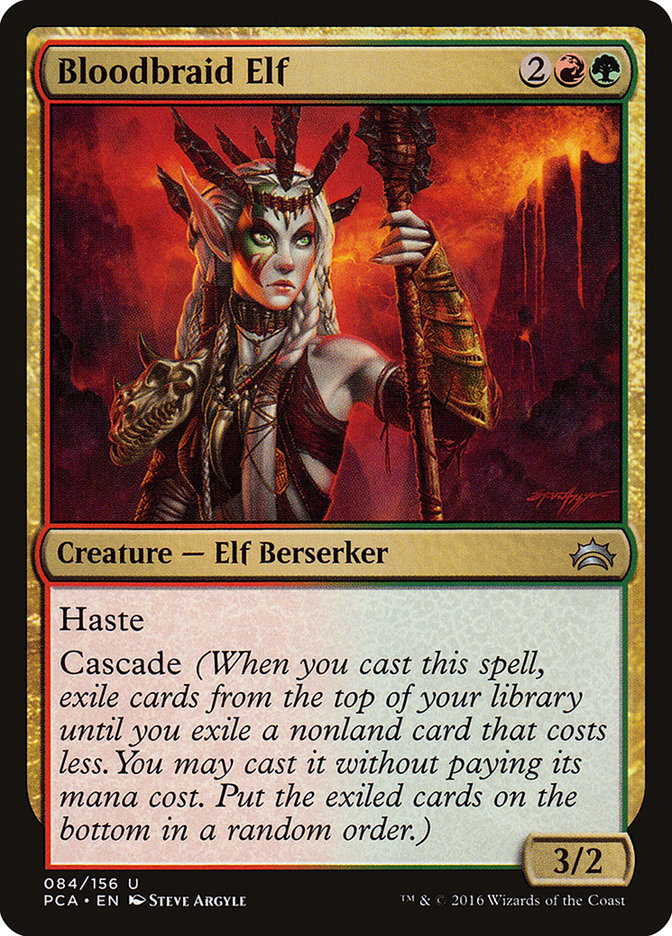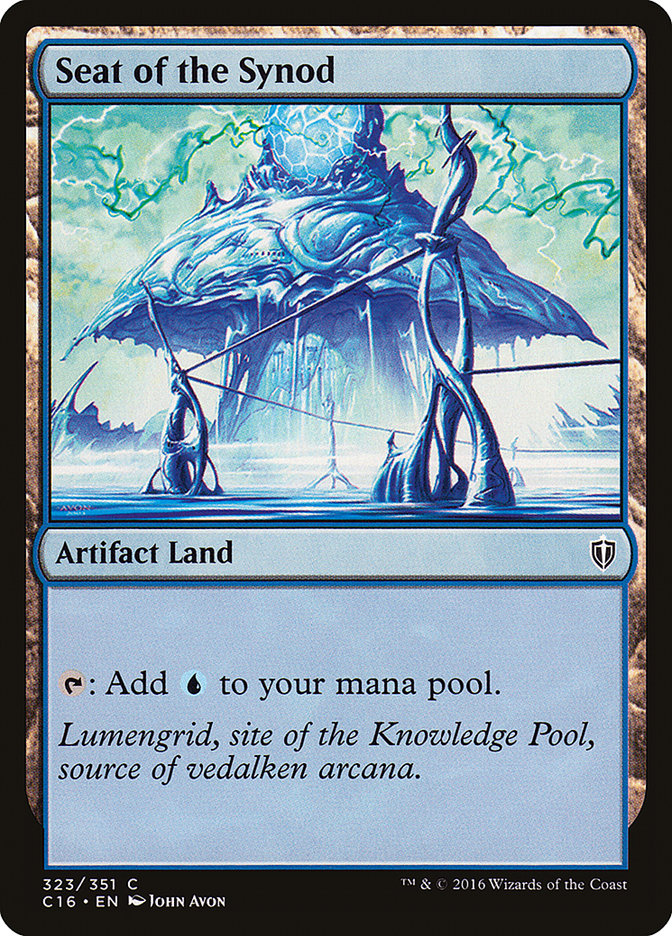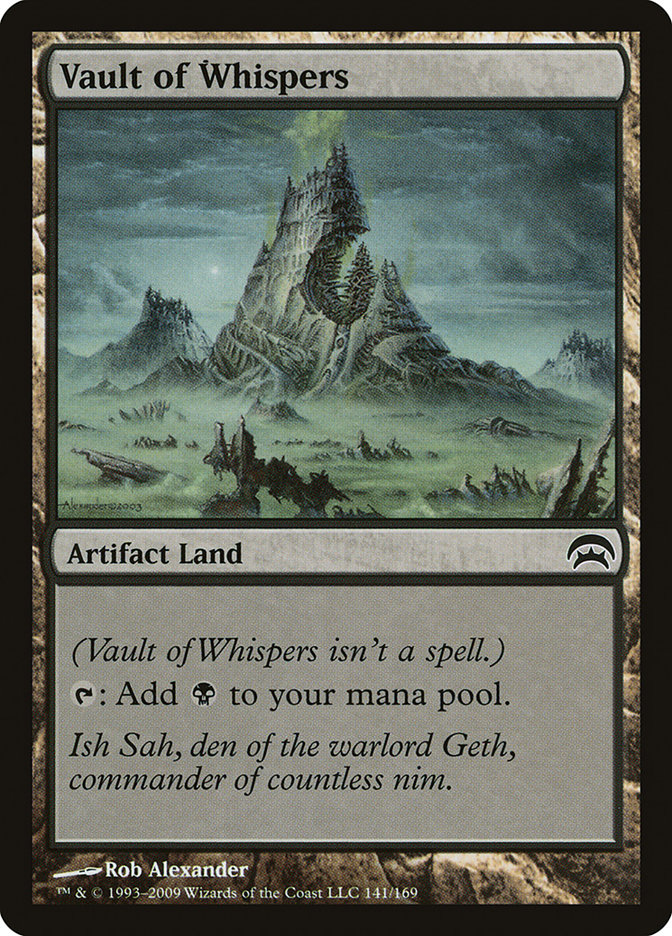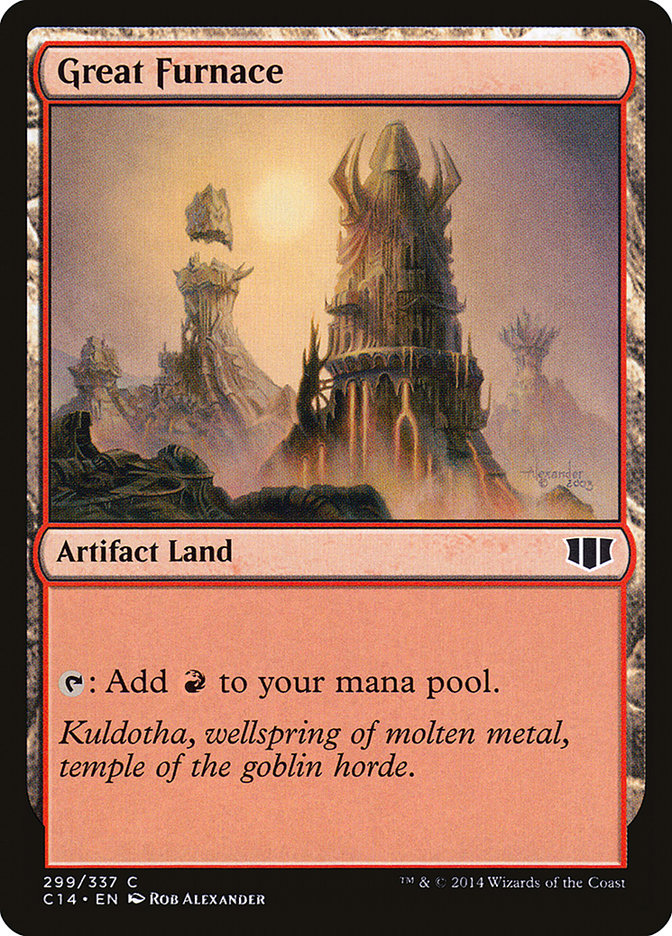[Welcome back to
Fact or Fiction!
Today, Modern Masters Sam Black and Jim Davis give their takes on
five statements inspired by their thoughts on SCG Dallas and Grand Prix
Phoenix. Read their responses and vote for the winner at the end!]
1.
With Steve Locke’s win at Grand Prix Phoenix and its success at Pro Tour Rivals of Ixalan, Humans is the deck to beat in Modern.
Sam Black:
Fiction
. I was worried that Humans would be the deck to beat at Pro Tour Rivals of Ixalan due to rumors leading up to the event. Some
people I tested with even predicted that it might be as much as 20% of the
field. If that were the case, I’d be comfortable calling it the deck to
beat, but that actually happening seems even more absurd now than it did
then. Despite all the hype around it then, it was only 9% of the field, and
I believe it’s been and will continue to be less than that. I believe we’re
far from the point where Modern will have a deck to beat. Consider, if
you’re still unconvinced by my simply saying it won’t happen, that despite
Jund being ~30% of the field in the Magic Online Championship that we are
even asking the question about a different deck so shortly after as solid
evidence of how hard it is for a deck to stay on top or maintain a larger
than 8-10% metagame share in Modern.
None of this is to disparage Humans at all. The deck is definitely legit. I
don’t have enough experience to say that it’s the best deck in Modern, but
I know that it has a solid core that gives it game in a lot of matchups,
and it’s among the scariest decks to face for a surprisingly large number
of decks, which is a great place to be.
Jim Davis:
Fact, sans hyperbole
. With the reintroduction of Bloodbraid Elf and Jace, the Mind Sculptor
into Modern, the general feeling was that the fair decks improve greatly
and that bodes very poorly for Humans. Humans is a fast and powerful
synergy driven aggro deck with some solid disruptive elements, which is
exactly the kind of deck that usually folds to a pile of Lightning Bolts
and Fatal Pushes backed up by either Bloodbraid Elf or Snapcaster Mage.
But I guess that’s why they play the games!
Humans had a fantastic event at GP Phoenix, not only winning the whole
thing but putting a bunch of players into the top 32 as well. While I’m
loath to call any deck the “deck to beat” in a format as diverse and
complex as Modern, I think it’s very safe to say that Humans is one of the
format’s most important barometers. The deck is fast, disruptive, and very
good at doing the same thing every single game.
If you want to win a big Modern event and don’t have a good plan for
Humans, you’re gonna have a bad time.
2. With Andrew Wolbers win at SCG Dallas and a 23rd place finish
at Grand Prix Phoenix, G/R Ponza has solidified itself as a tier one deck
in Modern.
Sam Black: Fact
. I’d argue that the top performer finishing 23rd following a win by the
deck is a stronger argument against the deck than for the deck, but the win
is sufficient to justify the question, especially since the deck deserves
reevaluation following Bloodbraid Elf’s reentry into the format.
Personally, it’s the kind of deck I’d hate to play–it’s hard to win on the
draw, you have very few options, and your Bloodbraid Elf is way too likely
to cascade into a mana source that doesn’t really do anything for you.
However, I think this is really about a greater question about what it
means to be tier one–like, it’s a viable deck that I wouldn’t be surprised
to face in elimination rounds of any event, but at the same time, I don’t
think it’s one of the five best decks in Modern. If I had perfect
information, I wouldn’t be surprised to discover that it’s basically not
game theory optimal to play in any metagame, like, that there’s always some
better choice that invalidates it by having far better matchups against any
given field. That said, no one has that kind of perfect information, and
while I might suspect that it’s likely a worse positioned R/G deck than
TitanShift against almost every matchup, my confidence in that position is
very low.
For my personal usage, I wouldn’t call it a tier one deck, but I also don’t
really think about things that way in a format like Modern – I’d reserve
that for formats where a subset of decks are a cut above the rest, like the
Standard format where Mono-Blue Devotion, Mono-Black Devotion, and Esper
Control each occupied over 20% of the field while no other deck was half as
popular – there’s a clear tier one, but the entire meaning/point of a tier
is that it’s “on another level” – that being roughly the literal meaning,
and in Modern, there aren’t really decks like that so you can basically
argue that any deck is or isn’t to your heart’s content.
Jim Davis:
Fact
. Common consensus was that the deck that benefited most from the return of
Bloodbraid Elf would be Jund. It felt obvious; Jund was perhaps the best
deck in the format when Bloodbraid Elf was banned and was still a playable
deck without it. Bloodbraid Elf’s return was like the old queen coming home
to retain her throne. However, while Jund went from maybe tier two deck to
a tier one deck, there was another deck that went from completely fringe
right to the forefront.
I’d always thought the Ponza deck was fine, but Bloodbraid Elf gives the
deck exactly what it always needed: raw power, card advantage, and a threat
that only costs four mana. Previously Ponza decks were jam packed with
Modern also-rans like Stormbreath Dragon, Bonfire of the Damned, and Primal
Command. Being able to cut all the crappy five-drops for four copies of one
of the best cards in the format is a huge upgrade, and Bloodbraid Elf also
adds to the aggression of the deck which helps to put people away before
they can rebuild their manabase.
Plus the deck just casts Blood Moon on turn 2 on the play sometimes which
beats almost everything, even bad matchups. Blood Moon was all over the top
32 decks from #GPPHX,
and Ponza is the best Blood Moon deck. Ponza is for real.
3. With Matt Nass’s 3rd place finish at Grand Prix Phoenix,
Ironworks Combo has proven itself to be another option for combo
players.
Sam Black: Indisputably
. Look, a single good finish isn’t that big of a deal, but “another option
for combo players” isn’t a very high bar to cross. I’d rather discuss
whether Ironworks Combo is more of a tier one deck than Ponza, as I
certainly think it’s better. We don’t simply have the one data point either
– Andrew Baeckstrom (48th), Sam Pardee (57th), and Ben Weitz (39th) all
also played the deck. Those might not be fantastic finishes, but to the
best of my knowledge, they were the only pilots of the deck, so the deck
had 100% conversion rate to top 64 across four players, which is a great
performance for a fringe deck. This is definitely a deck to watch – test it
if you’re into that kind of deck, know how to play against it if you’re
not. Or, just ignore it and wait for Damping Sphere to come around and make
life much worse for it.
There’s a little more to why it did well this weekend that I’d like to make
note of: the deck struggles against white sideboard cards, specifically
Rest in Peace and Stony Silence, but Rule of Law would also get the job
done, and Thalia, Guardian of Thraben is a disaster. Suppression Field also
comes to mind. Basically, if your opponent is playing white and has any
interest in beating you, you’re probably not winning. This deck did well
because these players identified a time when white is at a low point in
Modern and found a deck that was perfectly position to exploit that
metagame. This is why the deck is merely good or a “metagame deck” rather
than a great deck/the best deck in Modern/the deck to beat.
Jim Davis:
I Guess, Fact?
This is another example of a great Magic Online Championship metagame call.
It seems to me that the unbanning of Jace means you no longer have to play
lousy cards like Ancestral Vision and Sphinx’s Revelation.
Matt Nass’s crazy Ironworks Combo deck isn’t really anything new, but like
the handful of Affinity decks in the top 32 of #GPPHX, Ironworks Combo
likely took advantage of the relative failure of artifact decks at #SCGDFW. The prevailing
thought was that more copies of Bloodbraid Elf and Jace, the Mind Sculptor
means more copies of Kolaghan’s Command and Ancient Grudge and that it
wasn’t a good time to be playing artifacts. So in typical cyclical metagame
fashion, it’s likely people skimped on the artifact hate which allowed Mox
Opal to come back again with a vengeance.
Ironworks Combo does not seem particularly broken, nor does it seem to have
many major strategic advantages over other artifact based decks like
Lantern Control or Affinity, all the while still being weak to all the
powerful sideboard cards in the format, like Stony Silence and Ancient
Grudge. However, it’s hard to fault a deck that has done well in a few
events and is playing two of the most powerful cards in the format in Mox
Opal and Ancient Stirrings.
Is Ironworks Combo a great option for a Modern tournament? I don’t really
think so, but the question was “another option,” and I think the deck is
perfectly viable for those willing to learn its ins and outs and who love
goldfish combo decks.
4. Bloodbraid Elf is too powerful in Modern and needs to be
banned again.
Sam Black:
Nah
. It put four people in the Top 8 of the last two large Modern events
across three different archetypes. The fact that it’s showing up in a
variety of decks is good, since it means that the format could be 20%
Bloodbraid Elf decks without seriously threatening diversity, and we
haven’t seen any evidence that it’s a card you have to play or that it’s
seriously warping. I think we all knew it was good and hoped it would still
be good. I don’t think it’s important that a card that becomes unbanned
ends up seeing as little play as Bitterblossom or Sword of the Meek.
Reintroducing a good but not oppressive card is probably a long-term
positive, and banning it again would certainly be a negative.
Jim Davis: Fiction.
The best part about Magic is its ability to constantly surprise you over
and over again after all these years.
When Bloodbraid Elf and Jace, the Mind Sculptor were unbanned,
I was very worried
they would polarize the format and do damage to perhaps the most balanced
format Magic had ever seen. Each card is an absolute powerhouse in fair
decks, and decks like Jund and various U/W, Jeskai, and Grixis Control
variants were already doing just fine in the format.
Thankfully I’m not afraid to be wrong. Jace, the Mind Sculptor has hardly
made a dent in the format, and while Bloodbraid Elf has made some serious
headway in Jund, G/R Ponza, and my teammate Brennan Decandio’s Four-Color
Pyromancer deck, it hasn’t proven to be an unstoppable force at all.
Is Bloodbraid Elf one of the most powerful things you can be doing in the
format? Yes. Has it revitalized Jund and made Ponza into a serious deck?
Yes. Has it also powered up other decks like R/G Eldrazi and Elves? Yes.
But with only a pair of Bloodbraid Elf decks in the top 8s of both#GPPHX and #SCGDFW, we are far
from the point of calling for it to be banned once again.
5. It’s safe to take artifact lands off the Modern banned
list.
Sam Black: Fiction
. What’s wrong with you? Did you not notice that Ironworks Combo just had a
breakout weekend? Look, if you’re trying to shrink the banned list and
you’re willing to make a deal, I could see unbanning the artifact lands and
banning Mox Opal, but unbanning them without banning Mox Opal is just
asking for trouble. Like, what are you hoping to accomplish? I think mostly
this idea comes from people having discussions about how they wouldn’t even
play artifact lands in Affinity because the lands in Affinity are already
so good that an increasing exposure to artifact hate isn’t exactly
desirable, and then assume that means they must be fine, but that’s a
really close-minded view. The role that artifact lands would play in Modern
is almost exclusively making Mox Opal playable in more decks, and sure,
maybe this would create some interesting new decks like R/W Kuldotha
Rebirth Bushwhacker aggro, but who can seriously look at Modern and say,
“You know what this format needs? More Mox Opal decks.”
I guess maybe whoever designed Mox Amber…
Jim Davis: Fiction
. Artifact lands were originally banned to keep Affinity from being a total
mess, but the way the deck has evolved over the years and how much it
relies on the Nexus creature-lands there’s a question of how many artifact
lands it would even play if they were legal. As someone who was playing
during Affinity’s entire reign in Block Constructed, Standard, and
Extended, I think the deck would further evolve to use them to great
effect, but that’s not the biggest issue.
As long as Mox Opal is legal, this has to be fiction.
The ease in which artifact lands allow Mox Opal to just be Mox Sapphire
pushes an already busted card way over the edge, and I fear what decks like
Affinity, Ironworks Combo, or Lantern Control would look like with even
more power added to them. The common argument is that artifact lands would
make artifact decks even weaker to cards like Stony Silence is flawed
because it promotes drastically swingy gameplay. The games you don’t draw
Stony Silence you get blown out; the games you do, they get blown out. It
would be very similar to how Dredge was in Extended when people had to play
four to eight pieces of hate to have a chance; everything comes down to
“Did I draw my hate or not?” and that’s not very fun.
With Mox Opal out of the picture, things get more interesting. It would be
nice to see cards like Thirst for Knowledge, Shrapnel Blast, and other
artifact themed cards possibly enter the picture, but as long as Mox Opal
is around it does not seem possible.


